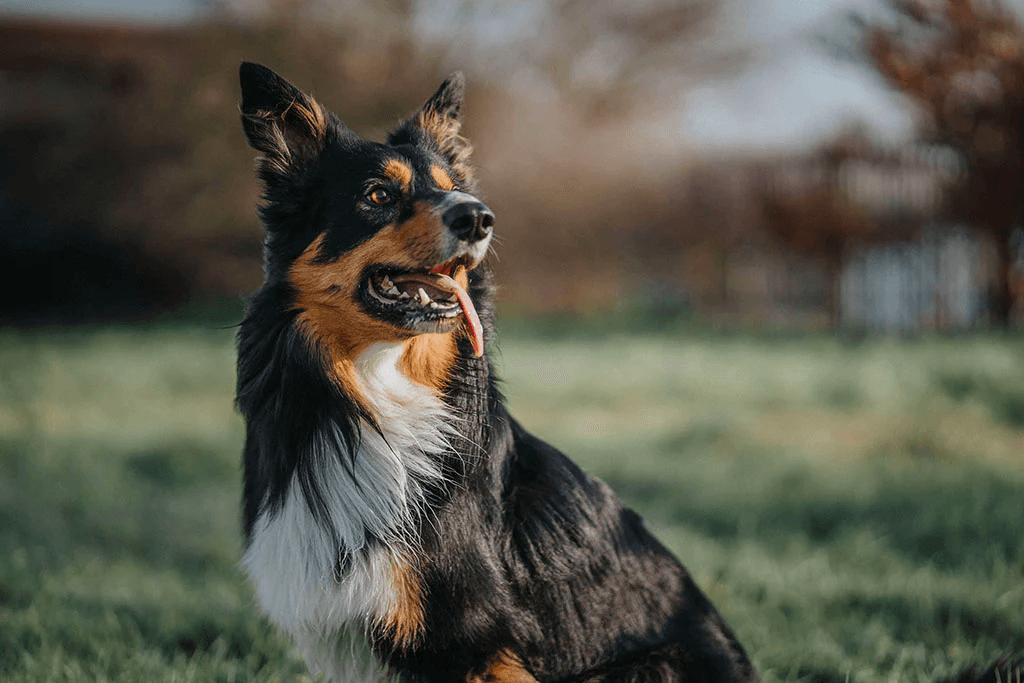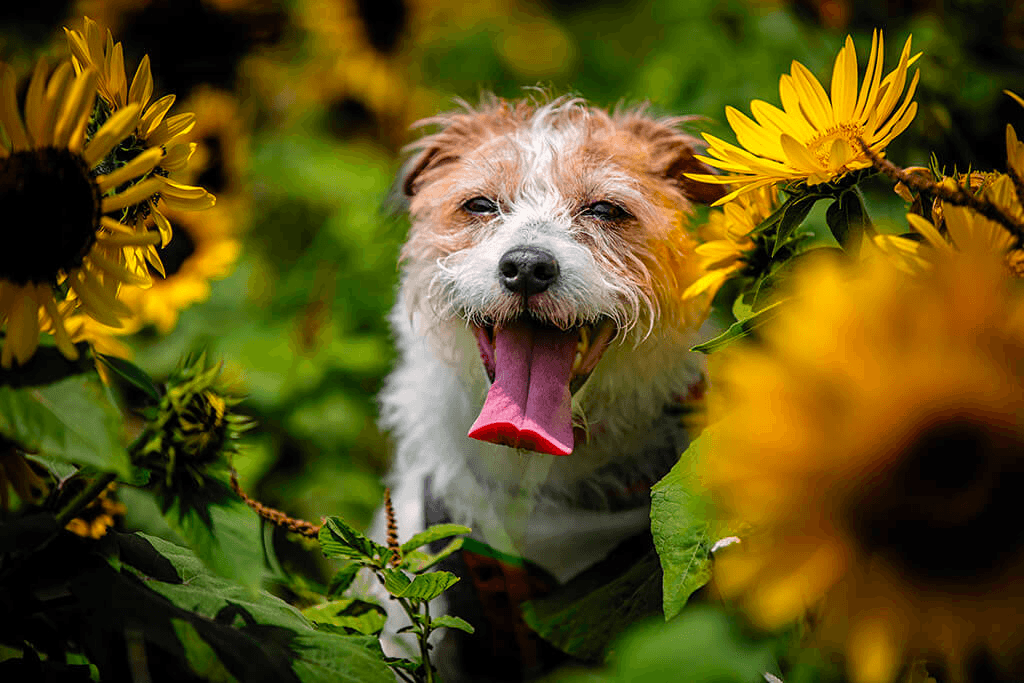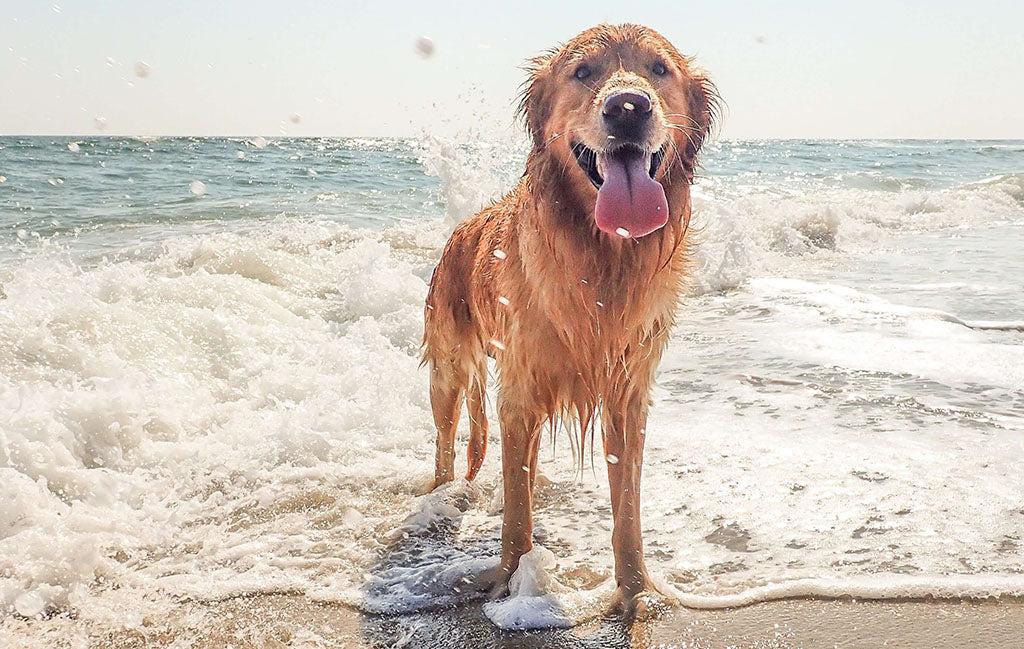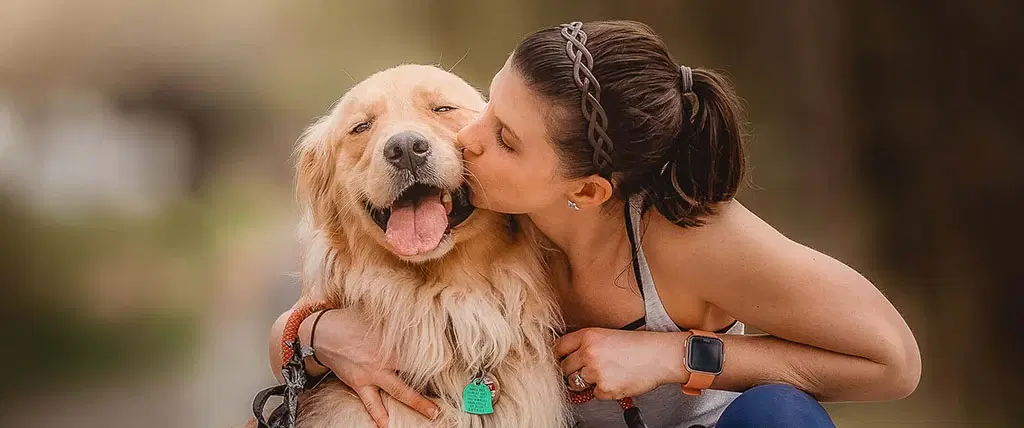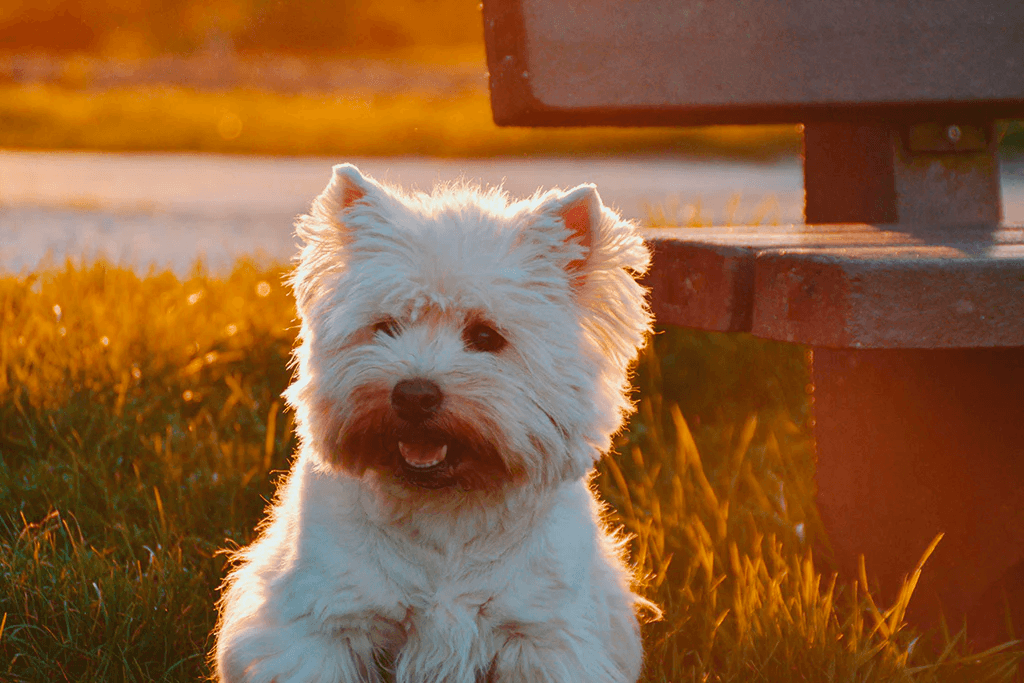There are a couple of factors that impact when a puppy stops growing including size and breed. Discover the timelines for different breeds and tips to support your dog’s growth.
- Home/
- Dog/
- Health & Wellness/
- When Do Puppies Stop Growing? A Breakdown by Breeds
When Do Puppies Stop Growing? A Breakdown by Breeds

Bringing a new puppy into your home is one of life’s greatest joys. Watching them grow from a tiny ball of fur into a confident adult dog is a rewarding experience. But as a pet parent, you might wonder — when do puppies stop growing? And what can you do to help them develop into happy, healthy adult dogs?
Understanding the growth stages of your puppy, and knowing when they are likely to stop growing, can help you provide the best possible care during this critical period.
In this article, we’ll dive into the basics of puppy growth, explore the factors that influence when dogs stop growing, and offer practical tips to support your puppy’s development along the way.
Puppy Growth: A Basic Overview
Puppies grow at different rates depending on a variety of factors, including breed, genetics, diet, and even their environment. While all puppies experience rapid growth during their early months, smaller breeds tend to stop growing much earlier than larger breeds.
For example, toy breeds like Chihuahuas and Toy Poodles often stop growing by 6 to 8 months, while giant breeds such as Great Danes can continue growing for up to 24 months. This significant range in growth periods makes it essential for pet parents to understand their dog’s breed-specific needs.
Some key factors that influence when dogs stop growing include:
- Breed size: Toy and small dogs mature more quickly, while medium, large, and giant breeds take longer to reach their full size.
- Genetics: Just like humans, a puppy’s genes play a big role in determining their growth pattern.
- Nutrition: A proper diet ensures that puppies have the right building blocks for healthy development.
- Health and environment: Factors like general health or inadequate living conditions can impact a puppy’s growth.
How Do Puppies Grow?
Puppies experience growth spurts throughout their early life. These spurts typically happen in waves, with periods of fast growth followed by plateaus. You may notice your puppy’s legs suddenly seem longer, or they seem to have grown overnight! This is normal, and as long as they are receiving proper nutrition and care, it’s nothing to worry about.
Growth Plates in Dogs
A critical part of dog growth involves their growth plates — the areas of cartilage near the ends of long bones, such as the femur in their back legs, and the humerus in the front legs. These plates are soft during puppyhood and allow the bones to grow. As a puppy matures, the growth plates harden and close, signaling the end of their growth period.
Until this process is complete, it’s important to be cautious with activities that could put undue stress on your puppy’s joints, as over-exercise can impair normal, symmetrical growth.
Puppy Growth Timeline
While every puppy is different, here’s a general timeline of what you can expect during the first year of life:
0-8 weeks: At this stage, puppies are rapidly growing and learning essential behaviors from their mother and littermates. They typically weigh around 10 percent of their future adult weight.
8-16 weeks: Puppies often experience their first growth spurt during this period. You’ll notice them gaining weight quickly, and their legs may start to appear longer as their bodies elongate.
4-6 months: Puppies continue to grow quickly during this time, both in size and muscle development. This is often when they hit their most awkward teenage phase, with gangly legs and boundless energy.
6-12 months: Growth begins to slow, especially in smaller breeds. However, large and giant breeds will still be maturing during this time.
12-24 months: By this point, most dogs will have stopped growing in height, though some giant breeds may still fill out in terms of muscle and body mass.
When Do Puppies Stop Growing? A Breed-by-Breed Breakdown
As mentioned earlier, different dog breeds grow at different rates. Nearly all dogs have finished growing by 24 months of age. Here’s a more detailed look at when puppies stop growing, based on breed size:
| Breed Size | Breed Examples | Age When They Stop Growing |
| Toy Breeds | Chihuahua, Pomeranian, Toy Poodle | 6-8 months |
| Small Breeds | Dachshund, Shih Tzu, Boston Terrier | 8-10 months |
| Medium Breeds | Beagle, Border Collie, Australian Shepherd | 10-15 months |
| Large Breeds | Labrador Retriever, Golden Retriever, Standard Poodle | 12-18 months |
| Giant Breeds, | Great Dane, Bernese Mountain Dog, Mastiff | 18-24 months |
Factors That Impact Puppy Growth
Several factors can influence a puppy’s growth and development, including:
- Weaning: Puppies typically begin weaning from their mother’s milk around 4 to 6 weeks of age. Proper weaning is essential to ensure they are transitioning to solid foods without issues.
- Nutrition: Feeding a balanced diet that’s designed for puppies is critical to support proper growth. Puppy food contains the right blend of nutrients for energy, bone development, and overall health.
- Spaying/Neutering: Studies suggest that spaying or neutering a dog before they are fully grown may affect their growth plates and potentially lead to slight increases in height. Always consult with your veterinarian about the best timing for your dog.
- Exercise: While exercise is essential, it’s crucial to avoid activities that could affect a puppy’s growing bones and joints, especially for larger breeds. Keeping exercise controlled and age-appropriate helps promote healthy lives.
- Genetics: The size of a puppy’s parents will often give you a good idea of how big your dog will get. However, puppies can inherit traits from ancestors several generations back, so there’s always some variability.
How to Support Puppy Growth
To ensure your puppy grows up healthy and happy, follow these guidelines to support their development:
Feed a Diet Specifically Designed for Puppies
Puppies have unique nutritional needs, so make sure you’re feeding a puppy-specific diet. Puppy food is formulated to provide the right balance of protein, fats, vitamins, and minerals for growing bodies. For large and giant puppies, make sure you select “large breed” puppy food. Always choose a high-quality brand recommended by your vet.
Monitor Portion Sizes
Feeding the right amount is just as important as feeding the right type of food. Overfeeding can lead to obesity, which can put stress on a puppy’s developing joints. Conversely, underfeeding can lead to nutritional deficiencies and stunted growth. Consult with your vet to determine the appropriate portion sizes for your puppy’s breed and size.
Be Cautious About Exercise
Puppies love to run, jump, and play, but their developing bodies need time to grow without excessive stress. Over-exercise or rough play can impact growth plates in dogs, especially in larger breeds. Controlled leash walks and supervised playtime are usually safe but be sure to avoid high-impact activities until your vet gives the green light.
Support Joint Health
Starting early with joint support can help set your puppy up for success. Joint supplements, such as PetLab Co.’s Joint Care Chews, are formulated for puppies 12 weeks and older. These chews help support growing joints, especially for breeds prone to joint issues.
Encourage Appropriate Socialization and Training
Socialization and training are key aspects of your puppy’s growth and development. Expose your puppy to new environments, people, and other animals to help them develop into well-rounded adult dogs. Consistent training also provides mental stimulation and teaches them good behaviors that will last a lifetime.
Giving Your Puppy the Best Start in Life
Understanding when puppies stop growing and how to support their development is crucial for raising a happy, healthy dog. By considering factors such as breed, nutrition, and exercise, and following the tips above, you can ensure your puppy is on the right path to becoming a well-adjusted adult. Every puppy grows at their own pace, but with the right care, they’ll reach their full potential and become a lifelong companion.
 S
S